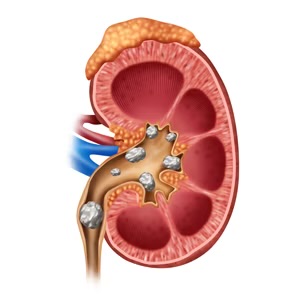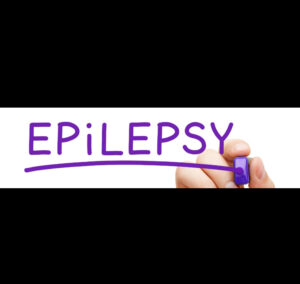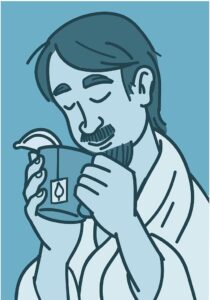About 1 out of 10 people may have a seizure during his or her lifetime. That means seizures are common, and one day you might need to help someone during or after a seizure.
Learn what you can do to keep that person safe until the seizure stops by itself.
About 1 out of 10 people may have a seizure during his or her lifetime.
Do I call 911?
Seizures do not usually require emergency medical attention. Only call 911 if one or more of these are true:
- The person has never had a seizure before.
- The person has difficulty breathing or waking after the seizure.
- The seizure lasts longer than 5 minutes.
- The person has another seizure soon after the first one.
- The person is hurt during the seizure.
- The seizure happens in water.
- The person has a health condition like diabetes, heart disease, or is pregnant.
First aid for any type of seizure
Stay with the person until the seizure ends and he or she is fully awake.
There are many types of seizures. Most seizures end in a few minutes.
These are general steps to help someone who is having any type of seizure:
- Stay with the person until the seizure ends and he or she is fully awake. After it ends, help the person sit in a safe place. Once they are alert and able to communicate, tell them what happened in very simple terms.
- Comfort the person and speak calmly.
- Check to see if the person is wearing a medical bracelet or other emergency information.
- Keep yourself and other people calm.
- Offer to call a taxi or another person to make sure the person gets home safely.
First aid for generalized tonic-clonic (grand mal) seizures
When most people think of a seizure, they think of a generalized tonic-clonic seizure, also called a grand mal seizure. In this type of seizure, the person may cry out, fall, shake or jerk, and become unaware of what’s going on around them.
Here are things you can do to help someone who is having this type of seizure:
- Ease the person to the floor.
- Turn the person gently onto one side. This will help the person breathe.
- Clear the area around the person of anything hard or sharp. This can prevent injury.
- Put something soft and flat, like a folded jacket, under his or her head.
- Remove eyeglasses.
- Loosen ties or anything around the neck that may make it hard to breathe.
- Time the seizure. Call 911 if the seizure lasts longer than 5 minutes.
Stop! Do NOT
Knowing what NOT to do is important for keeping a person safe during or after a seizure.
Never do any of the following things
- Do not hold the person down or try to stop his or her movements.
- Do not put anything in the person’s mouth. This can injure teeth or the jaw. A person having a seizure cannot swallow his or her tongue.
- Do not try to give mouth-to-mouth breaths (like CPR). People usually start breathing again on their own after a seizure.
- Do not offer the person water or food until he or she is fully alert.
More About First Aid
- American Red Cross First Aid App external icon Download the free Red Cross app for instant access to step-by-step first aid advice, including advice about seizures and epilepsy.
- Epilepsy Foundation Seizure First Aid and Safety external icon Learn more about how to respond to seizures safely.
- Mental Health First Aid Training external icon This evidence-based program can help people recognize mental health crises and learn how to connect a person to mental health care.
More About Epilepsy
- Types of Seizures Learn about the different types of seizures.
- Managing Epilepsy Learn what you can do to manage your epilepsy.
- Fast Facts Find out about epilepsy in the United States, such as how many people have epilepsy.
Training Programs for Professionals
Epilepsy and seizure training programs for professionals including
- School staff.
- First responders and law enforcement.
- Older adult caregivers.
- Mental health professionals.
- Childcare providers.
Page last reviewed: January 2, 2022
Content source: National Center for Chronic Disease Prevention and Health Promotion , Division of Population Health
Original Article – https://www.cdc.gov/epilepsy/about/first-aid.htm





